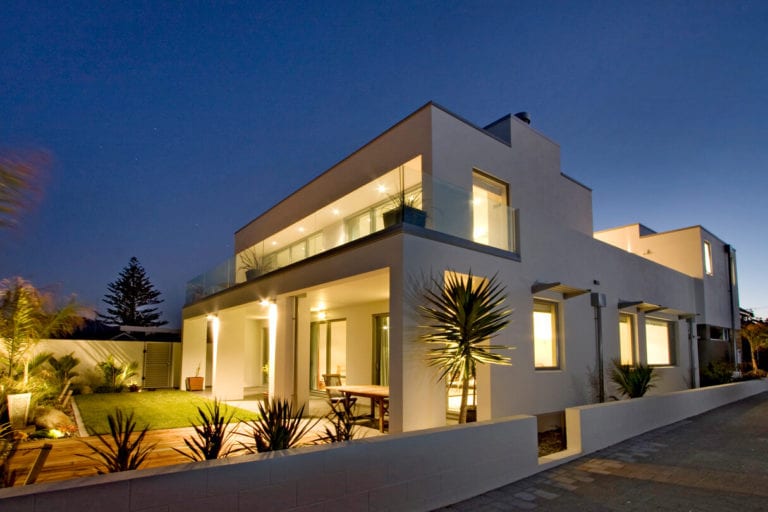Energy Efficiency in Construction: How Celcrete Helps
Energy efficiency is no longer optional – it’s a key consideration for homeowners, architects, and builders alike. In construction, the choice of cladding and wall systems can have a significant impact on thermal performance, comfort, and long-term energy costs. The Celcrete AAC (Autoclaved Aerated Concrete) Cladding System offers a high-performance solution that combines strength, durability, and superior insulation properties.
Why Energy Efficiency Matters
New Zealand’s climate can be challenging: cold winters, humid coastal conditions, and hot summer sun. Poorly insulated buildings can lead to:
- Higher heating and cooling costs
- Uncomfortable indoor temperatures
- Increased wear on heating and cooling systems
- Greater environmental impact through energy consumption
Low-rise construction, which includes single homes and multi-unit residential projects, benefits greatly from materials that retain heat in winter and remain cool in summer – and this is where Celcrete AAC excels.

How Celcrete AAC Supports Energy Efficiency
1. Excellent Thermal Performance
- Celcrete panels have a closed-cell aerated structure, which traps air and reduces heat transfer.
- This lowers the thermal conductivity of walls, helping maintain consistent indoor temperatures year-round.
- The result is less reliance on heating and cooling systems, which saves energy and reduces costs.
2. Thermal Mass Benefits
- Unlike some claddings which can heat up quickly, Celcrete’s density allows it to absorb and slowly release heat, keeping interiors comfortable during temperature fluctuations.
3. Reduced Cold Bridging
- Panels are installed with careful attention to joint sealing and finishes, which minimizes thermal bridging – a common source of heat loss in traditional masonry or timber cladding systems.
4. Complementary Insulation
- Celcrete can be paired with other approved insulation systems without compromising the integrity of the exterior wall
Additional Benefits for Projects
Beyond energy efficiency, Celcrete AAC provides other advantages that make it ideal for low-rise construction:
- Lightweight & easy to handle: Reduces structural load and simplifies installation
- Acoustic insulation: Reduces noise transfer in townhouses or apartments
- Fire resistance: Non-combustible material for safer construction
- Durable & low maintenance: Resistant to moisture, rot, and pests
These combined benefits make Celcrete AAC a smart choice for homeowners, builders, and developers aiming for high-performance, sustainable low-rise buildings.
Conclusion
Energy-efficient construction starts with the right materials. Celcrete AAC cladding provides excellent thermal performance, durability, and ease of installation – all while helping homeowners save on energy bills and reduce their environmental footprint. Choosing Celcrete ensures your building is comfortable, compliant, and efficient for years to come
Every detail counts – and with Celcrete, energy efficiency is built in.




